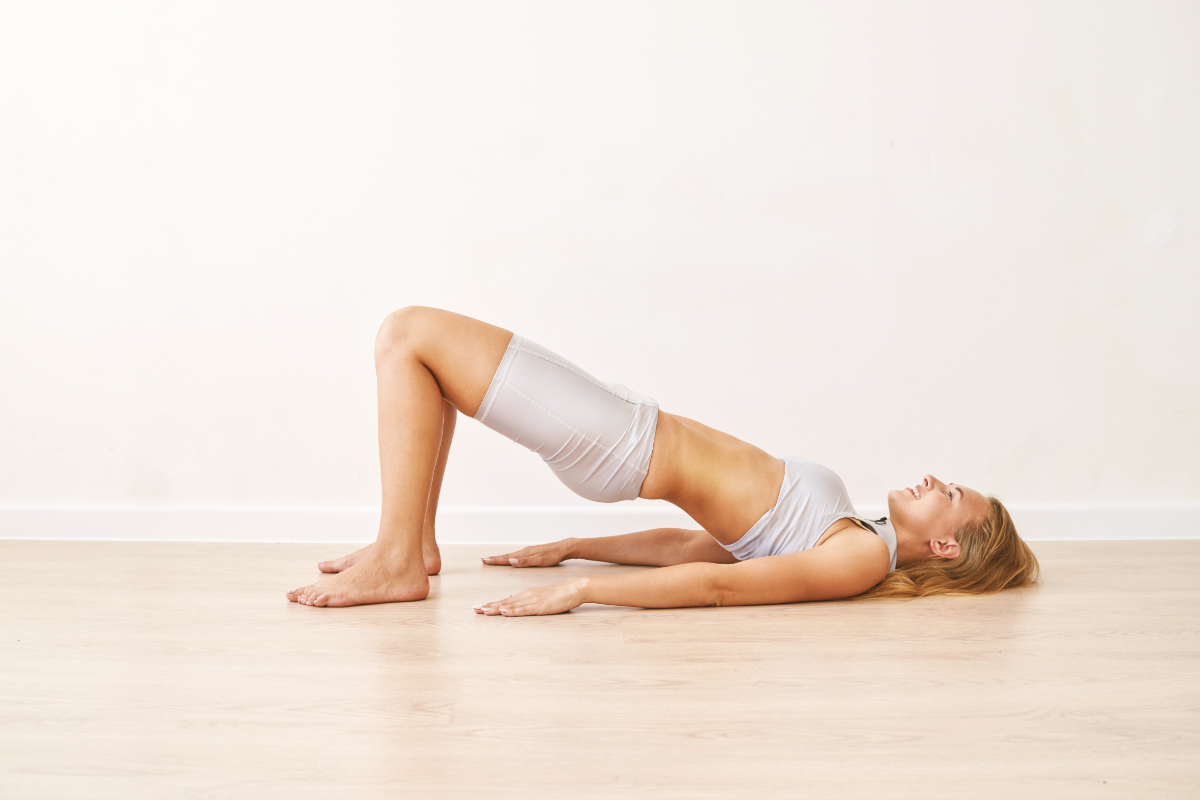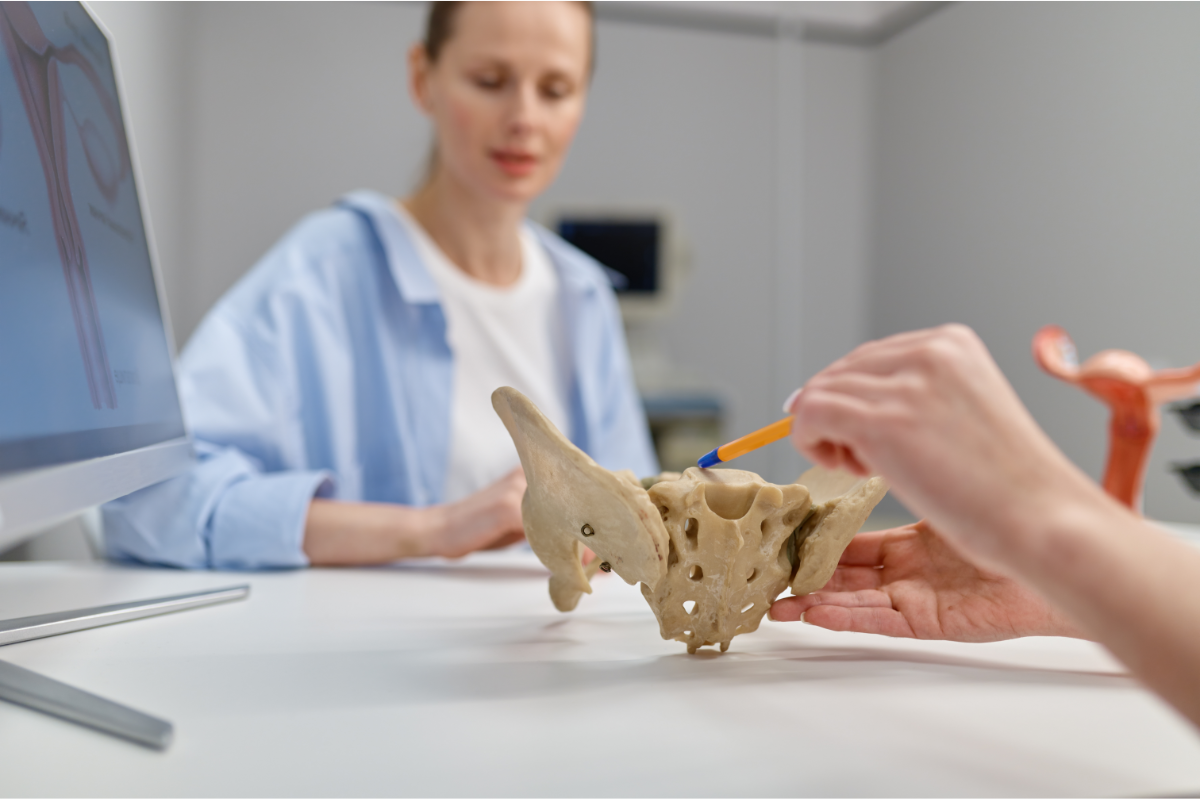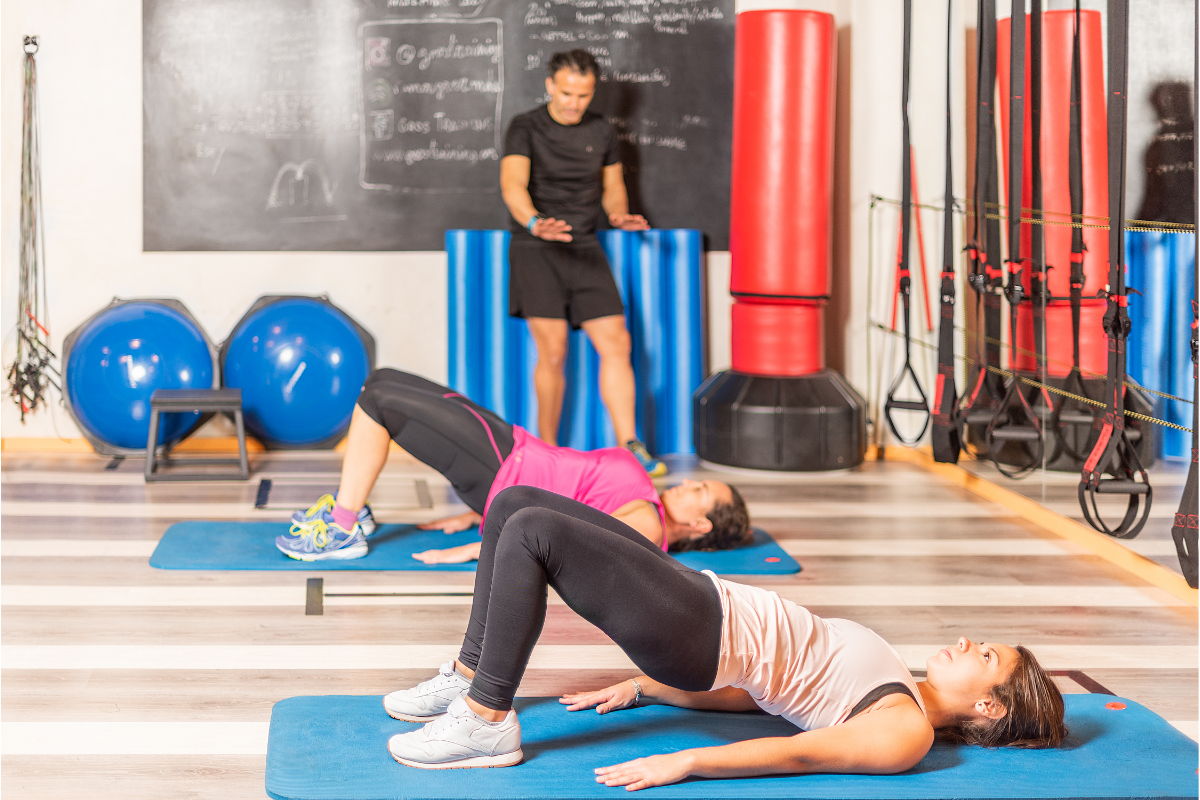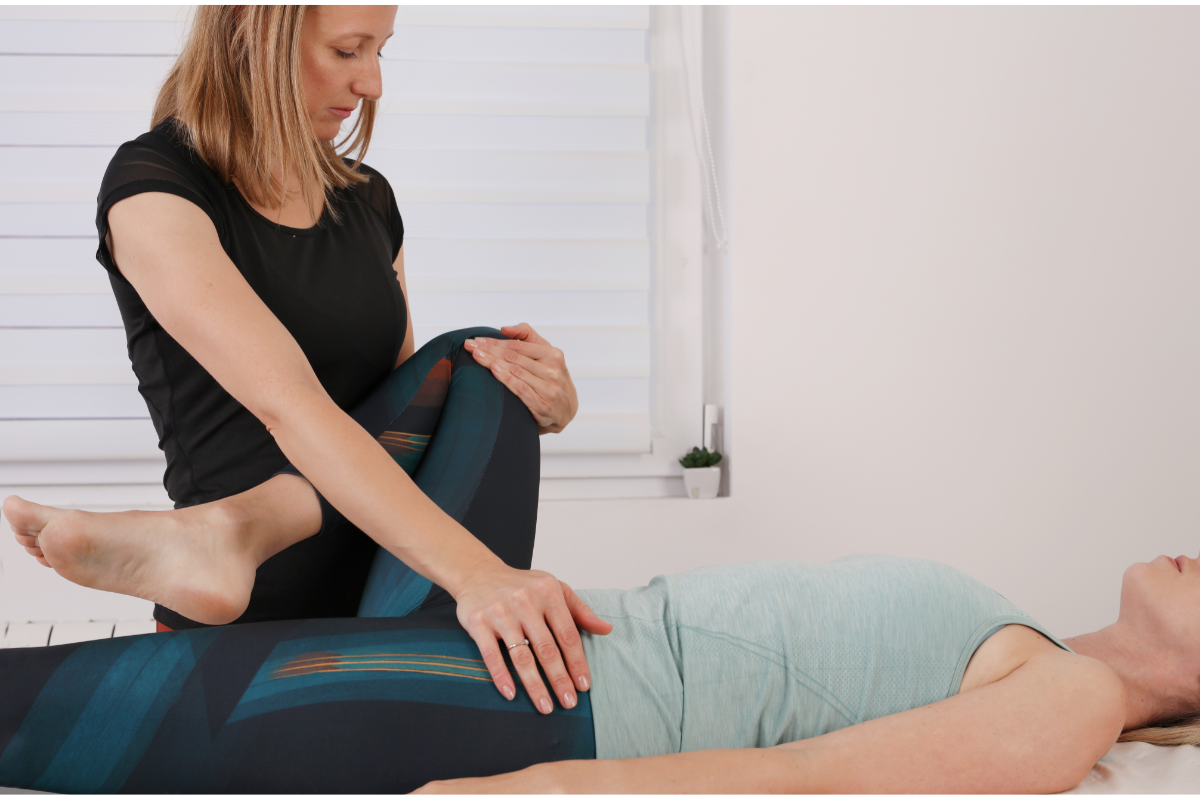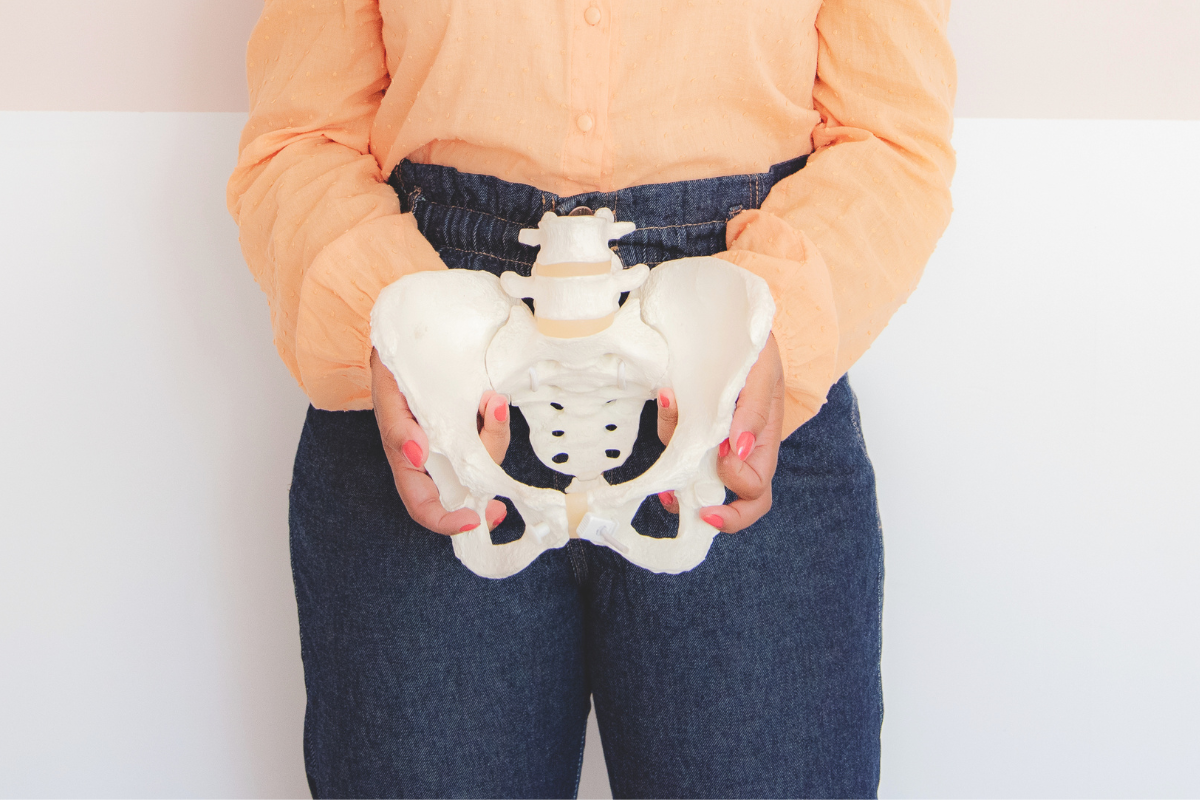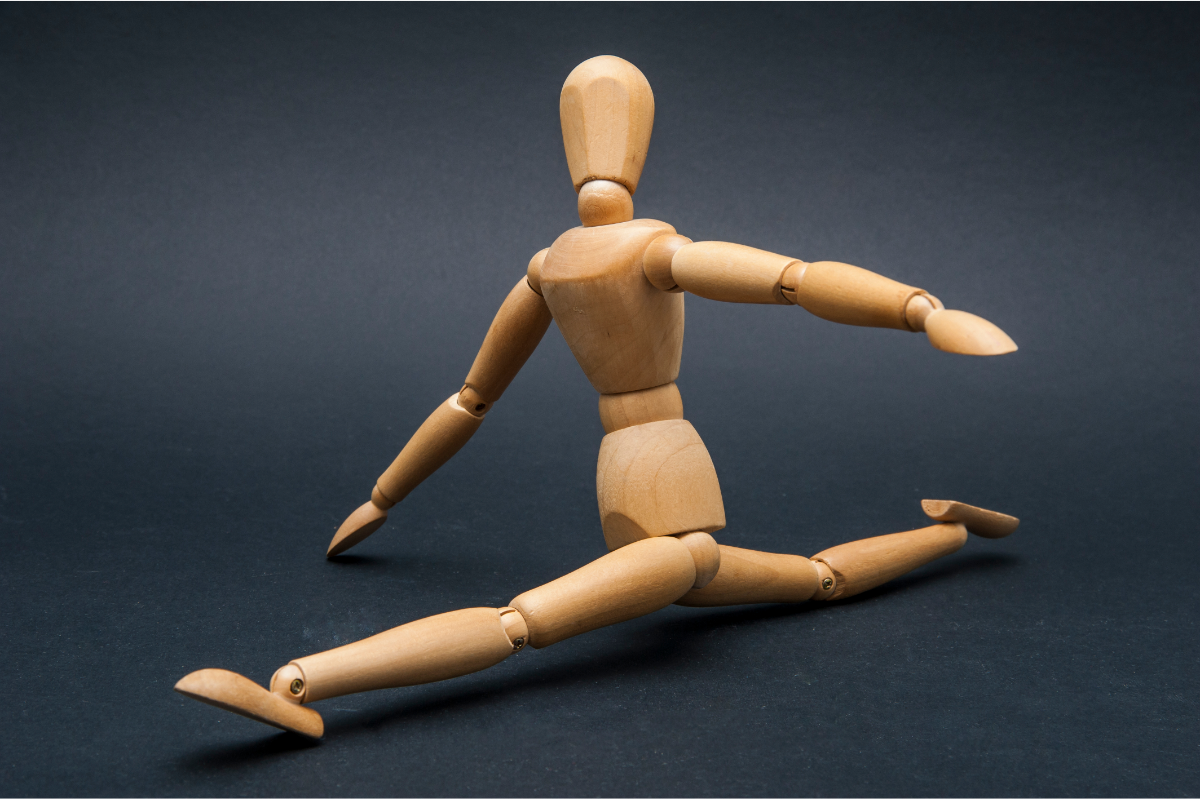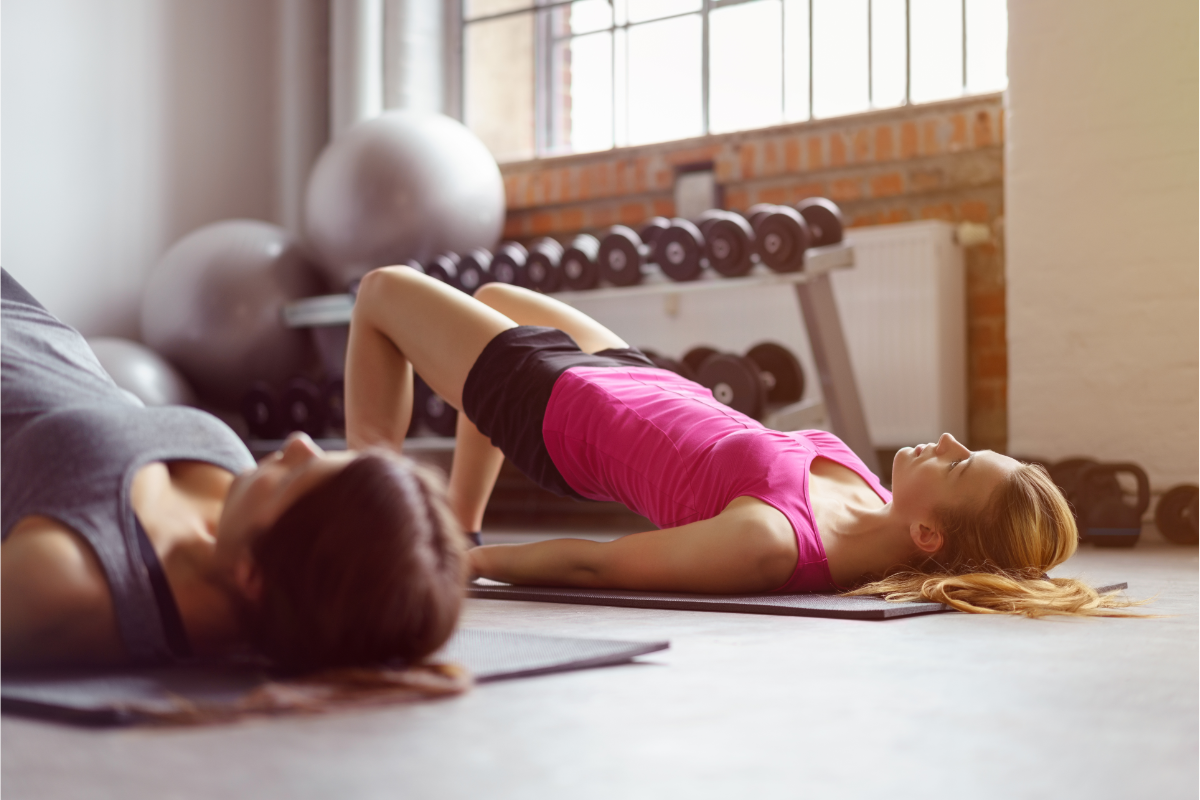7 Surprising Benefits of Pelvic Floor Exercises
The pelvic floor, a group of muscles and connective tissues that support the organs in the pelvis, plays a crucial role in maintaining overall health and well-being. Despite its significance, this area of the body is often overlooked until issues such as incontinence, pelvic pain, or weakened support arise. Strengthening the pelvic floor isn’t just about addressing problems—it’s a proactive approach to enhancing daily life and long-term health.
From improving bladder and bowel control to boosting sexual satisfaction, pelvic floor exercises offer a wealth of benefits for people of all genders and ages. These exercises, often referred to as Kegels, can be seamlessly incorporated into your routine and are effective whether you’re sitting at a desk, lying in bed, or engaging in physical activity.
In this article, we’ll explore seven surprising benefits of pelvic floor exercises, shedding light on why strengthening this foundational muscle group is a simple yet transformative practice. Whether you’re looking to address specific health concerns or take preventative steps toward aging gracefully, a strong pelvic floor is the cornerstone of physical resilience and quality of life.
The pelvic floor’s importance extends beyond basic functions; it serves as a central component of core strength and stability. This network of muscles interacts with the diaphragm, abdominal muscles, and back muscles to create a supportive foundation for movement, posture, and balance. Neglecting the pelvic floor can disrupt this synergy, leading to not only localized issues but also broader challenges such as lower back pain and reduced physical performance.
What makes pelvic floor exercises so appealing is their versatility and accessibility. They require no special equipment and can be tailored to fit any lifestyle. Whether you’re a new mother seeking postpartum recovery, an athlete striving for optimal performance, or an older adult focused on maintaining independence, these exercises can be customized to meet your unique needs.
Yet, the benefits of a strong pelvic floor go beyond physical health. They can also improve mental well-being by alleviating concerns such as embarrassment from incontinence or discomfort during intimate moments. A stronger pelvic floor can restore confidence, help you feel more in control of your body, and enhance your quality of life in ways you might not have considered.
As you delve into the seven surprising benefits of pelvic floor exercises, you’ll discover how this often-overlooked muscle group can positively impact every stage of life. These exercises represent an empowering and preventative health practice that’s both easy to start and rewarding to maintain.
1. Enhanced Bladder Control: Reducing Incontinence Issues
One of the most well-known benefits of pelvic floor exercises is their ability to improve bladder control. Incontinence, whether it’s stress incontinence (leakage during activities like sneezing or laughing) or urge incontinence (a sudden, strong need to urinate), can significantly impact daily life. Pelvic floor exercises strengthen the muscles responsible for supporting the bladder and urethra, helping to reduce or even eliminate leakage. By dedicating just a few minutes a day to targeted exercises, individuals can regain confidence and enjoy greater independence.
2. Improved Sexual Health and Intimacy
A strong pelvic floor doesn’t just enhance physical health—it also plays a key role in sexual satisfaction. For women, strengthening the pelvic floor can increase sensation during intercourse and improve arousal, as well as reduce discomfort caused by conditions like vaginismus or pelvic pain. For men, these exercises can help address erectile dysfunction and improve control over ejaculation. Overall, a stronger pelvic floor contributes to greater confidence, better intimacy, and a more satisfying sex life for both partners.
3. Faster Postpartum Recovery for Women
Pregnancy and childbirth place significant strain on the pelvic floor, leading to issues such as weakness, pain, or even prolapse. Postpartum recovery can be expedited through pelvic floor exercises, which help restore strength, elasticity, and functionality to the area. These exercises also aid in improving bladder and bowel control after delivery and reduce the risk of long-term complications. New mothers can perform these gentle yet effective exercises at their own pace, making them an essential part of recovery.
4. Strengthening Core Stability and Overall Posture
The pelvic floor works closely with the core muscles, including the diaphragm, abdominal muscles, and back muscles. Together, they form the body’s powerhouse, supporting posture and stability. A weak pelvic floor can compromise this system, leading to back pain or poor posture. By strengthening the pelvic floor, individuals can improve their core stability, allowing for better alignment, balance, and reduced strain on other parts of the body.
5. Reduced Risk of Pelvic Organ Prolapse
Pelvic organ prolapse occurs when the muscles and tissues supporting the pelvic organs weaken, causing the organs to descend into or even out of the vaginal or rectal openings. This condition can be uncomfortable and debilitating, but pelvic floor exercises are a proven preventative measure. Regularly engaging in these exercises helps maintain the integrity and strength of the pelvic floor, minimizing the risk of prolapse and supporting overall pelvic health.
6. Better Athletic Performance and Injury Prevention
A strong pelvic floor is crucial for athletes, particularly those involved in high-impact sports such as running, weightlifting, or gymnastics. These exercises help the pelvic floor absorb and distribute pressure more effectively, reducing the risk of injury. Additionally, a stable pelvic floor supports better control during movement, enhancing performance. Whether you’re a professional athlete or a weekend warrior, maintaining pelvic floor strength can give you a competitive edge while keeping injuries at bay.
7. Support for Healthy Aging and Longevity
As we age, maintaining muscle strength becomes essential for overall health—and the pelvic floor is no exception. A strong pelvic floor can help older adults prevent common issues such as incontinence, prolapse, or reduced mobility caused by weakened muscles. Additionally, pelvic floor exercises support better balance, reducing the risk of falls. By investing in pelvic floor health, individuals can enjoy greater independence and improved quality of life as they age.
These seven benefits highlight the importance of pelvic floor exercises as a simple yet powerful tool for enhancing physical health, confidence, and overall well-being.
Embracing Pelvic Floor Exercises for a Healthier Life
Pelvic floor exercises may seem like a small addition to your routine, but their impact on your overall health and well-being is profound. Whether you’re managing a specific condition, recovering from childbirth, or simply seeking to age with strength and confidence, these exercises offer a versatile solution that benefits people of all ages and lifestyles.
By strengthening your pelvic floor, you can improve bladder and bowel control, enhance sexual satisfaction, reduce the risk of pelvic organ prolapse, and even boost athletic performance. These benefits go beyond physical health, positively influencing emotional well-being, confidence, and independence.
The beauty of pelvic floor exercises lies in their accessibility and simplicity. You don’t need expensive equipment or a gym membership; just a commitment to dedicating a few minutes a day to this essential practice. Over time, these small efforts can lead to transformative results, empowering you to live a healthier, more active life.
Investing in your pelvic floor health is an investment in your future. By embracing these exercises, you’re taking an important step toward achieving balance, strength, and vitality that will support you throughout every stage of life.
Pelvic floor exercises are more than a short-term fix; they represent a lifelong investment in preventive health. As we navigate the demands of daily life, it’s easy to overlook the foundational aspects of our well-being. However, taking the time to focus on this often-neglected muscle group can yield significant long-term benefits, from maintaining physical independence to enhancing your quality of life as you age.
Moreover, the ripple effects of a strong pelvic floor extend beyond the individual. When people feel confident and in control of their bodies, they are more likely to engage actively in their personal and professional lives. Whether it’s a new parent regaining strength after childbirth, an athlete performing at their peak, or an older adult avoiding the fear of incontinence, the benefits contribute to a sense of empowerment that can transform lives.
What’s truly remarkable is that these exercises are not bound by age, gender, or fitness level. They serve as a universal tool for improving physical function and fostering mental resilience. Even a modest commitment to strengthening your pelvic floor can create noticeable improvements, reinforcing the idea that small, consistent actions can produce profound results over time.
Incorporating pelvic floor exercises into your routine is an opportunity to prioritize your health without disruption or complexity. With dedication, you’ll not only see improvements in specific areas like bladder control or core stability but also feel the holistic benefits of a stronger, healthier body. Take this step today, and enjoy the lasting rewards for years to come.

I’m Hillary Swan, a certified fitness trainer specializing in women’s health and pelvic floor strength. I’m passionate about empowering others to improve their core wellness through targeted exercises. Let’s strengthen our bodies together for a healthier, more confident life.

